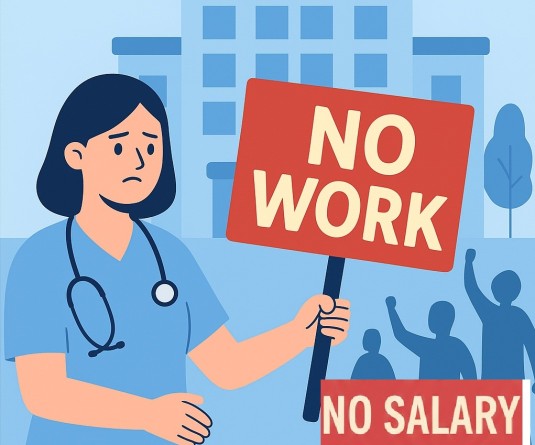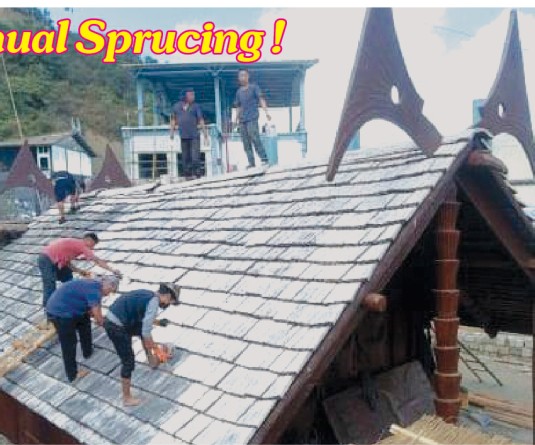
Our Correspondent
Kohima | December 28
Nagaland has a workforce participation rate of 49.24 %, which comprises of 9.74 lakhs workers from a total population of 19.78 lakhs. This data was revealed in the Nagaland Vision 2030 document, which was released by the Nagaland State Government earlier this month, a part of which analysed the employment scenario in the state.
The document suggested measures to vitalize the agricultural and industrial sectors in order to ensure viable employment for people in the state.
Agriculture still employs nearly 60 per cent of the total persons employed in the state. The contribution of the sector to the Gross Domestic Product is around 30 per cent. The productivity of this sector is relatively lower than the productivity of the other two sectors- the secondary and the tertiary since the employment ratio in these two sectors are much lower. ‘Other services’ is a very broad category that includes public administration, defence, education, human health activities and others.
While assessing the magnitude of unemployment in the state, the Vision document touched on some key issues. It took into account the number of students enrolled and passing out at the various stages of education and calculated that the number of educated persons who will be looking for employment is around 12,909 annually. This includes about 968 students studying outside and who pass out annually as per records of the post matric scholarship. The numbers have also been taken after subtraction of roughly 1000 students who are students from outside the state.
Secondly, against this annual output of about 13,000 educated youth who will be looking for jobs, there is possibility of an intake of about 3000 to 3500 people in the government annually. This is calculated on the basis of an attrition rate of about 2.5 per cent to 3 per cent of government employees by way of retirement, deaths and resignation etc. out of the total government employees of about 1, 20,000.
Accordingly, the document stated that this will roughly leave about 9500 numbers of educated unemployed without opportunities every year, which will be added to the already existing number of about 70,000 people on the live register of the Employment Exchanges. The Vision document stated that by 2016 this would have swelled to about 55,500. Creating employing opportunities for these 9500 educated youth and space to absorb the backlog of unemployed will be one of the main challenges for the Vision.
To analyze the possible avenues for employment of the educated in the economy, the sector wise employment potential in the state has to be studied, it observed.
In primary sector, it stated that adequate attention needs to be given to this sector as more than 70 per cent of the state’s population live in rural areas and are dependent on agriculture.
The vision strategy is twofold: development of Integrated Intensive Inclusive Agricultural Clusters that will increase growth in the economy and spin-off activities like marketing and agro-processing that can absorb the urban educated. Simultaneously, it will increase productivity and income on account of focus on medicinal and aromatic plants, cardamom and coffee which will also help reduce outflow of labour from rural areas.
In secondary sector, the document stated that it is time for formulation of a new industrial policy of the state akin to “Make in India.” With peace and stability, this will enthuse private sector participants to partner actively in the development process of the state, it postulated. The document said that construction sub-sector with an employment elasticity of 5.16 also has the potential to absorb labour. Skill upgradation of youth for employment in agro-processing industries and for increasing the skill basket in the construction sector will reduce the unemployment issue in the state.
In the tertiary sector, upgradation of the youth with focus on the anticipated areas of growth like marketing for agro-based industries, repairing of machinery required for road construction activities, masonry and related activities will enhance the employment potential of this sector.
Another area which the state should focus on is exploitation and promotion of the pool of sporting talents available in the state, it added. It also proposed state of the art sporting infrastructure in all districts by 2030.






